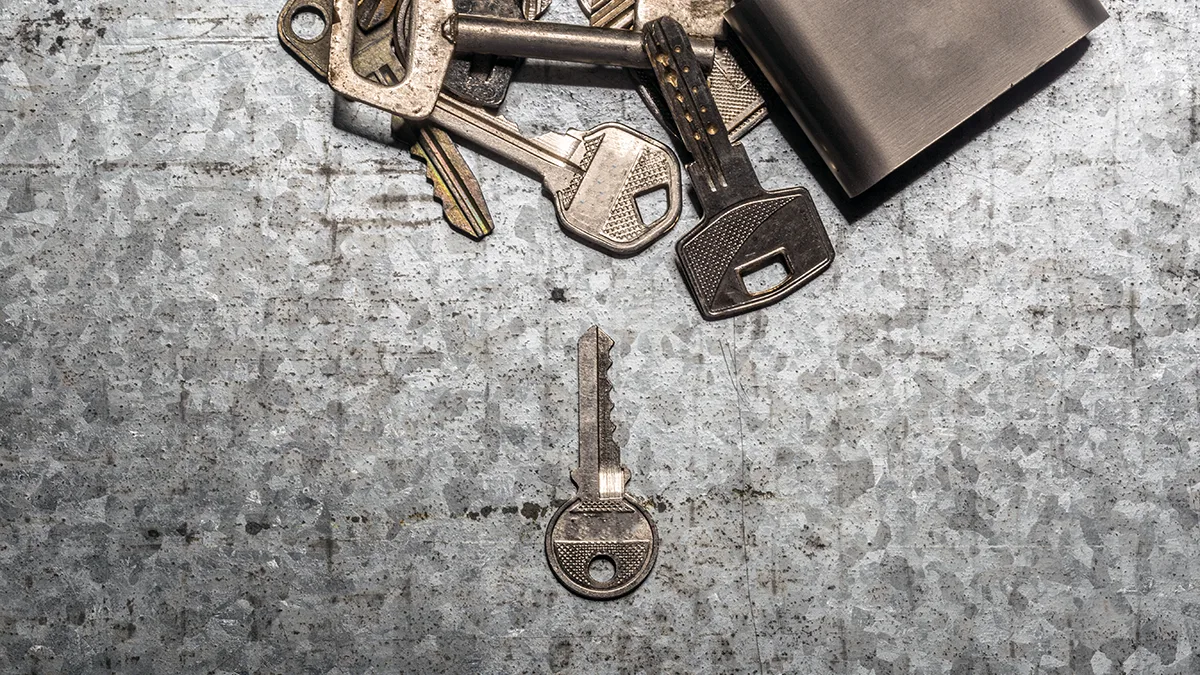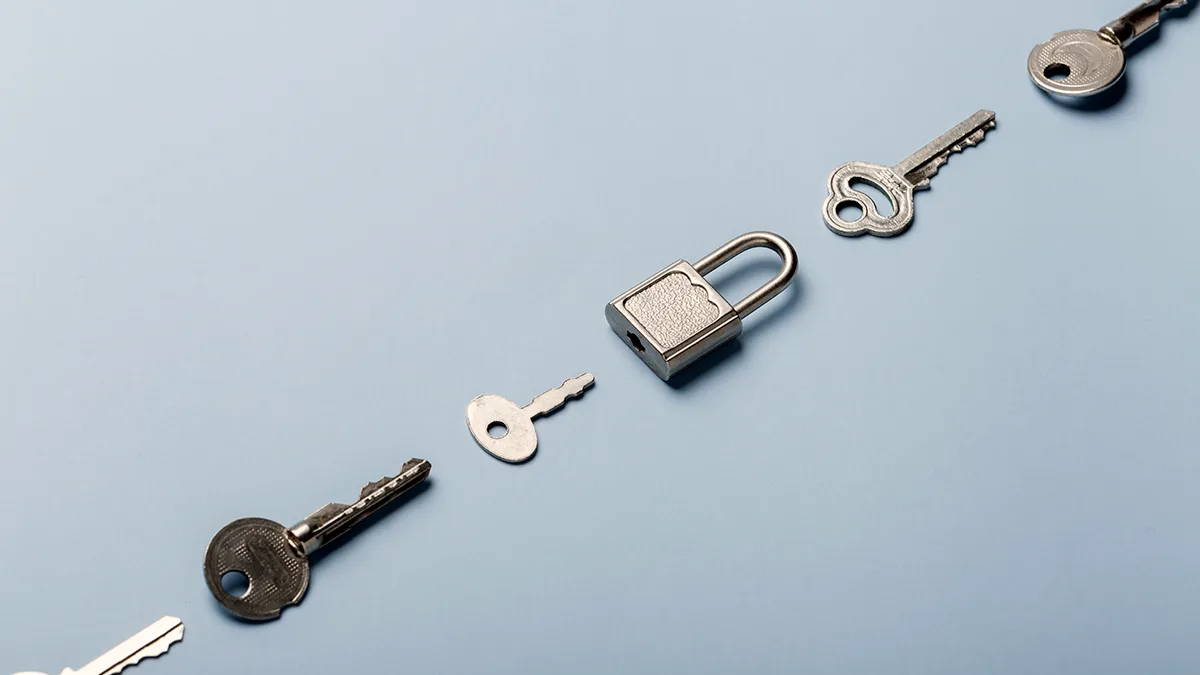The Hidden Costs of DIY Lock Repairs and How to Avoid Them. In a bustling city…
What to Do If Your Key Snaps in the Lock: A Comprehensive Guide for London Residents
What to Do If Your Key Snaps in the Lock: A Comprehensive Guide for London Residents. In the bustling city of London, where life moves at a rapid pace, encountering a situation where your key snaps in the lock can be both frustrating and alarming.
Whether you’re rushing to work, heading out for a night on the town, or simply trying to get home after a long day, a broken key can throw a wrench in your plans.
This article will guide you through the steps to take if your key snaps in the lock, ensuring you handle the situation calmly and efficiently.
Understanding the Issue: Why Keys Snap in Locks
Before delving into the solutions, it’s essential to understand why keys may snap in locks. Common reasons include:
- Wear and Tear:
- Over time, keys can become worn down, making them more susceptible to breaking.
- Poor Quality:
- Low-quality keys or locks may not withstand regular use, leading to breakage.
- Incorrect Insertion:
- Forcing a key into a lock or using the wrong key can create undue stress, resulting in a snap.
- Weather Conditions:
- Extreme temperatures can cause metal to become brittle, increasing the likelihood of breakage.
Now that we have a grasp on the potential causes, let’s explore the steps you should take if you find yourself in this unfortunate situation.
What to Do If Your Key Snaps in the Lock?
Step 1: Stay Calm and Assess the Situation
The first thing to do when your key snaps in the lock is to remain calm. Panicking will not help the situation.
Take a moment to assess the problem. Is the broken key stuck in the lock, or has it fallen out?
Understanding the extent of the issue will help you decide on the best course of action.
Step 2: Gather Your Tools
If you feel comfortable attempting to extract the broken key yourself, gather a few tools that may assist you:
- Tweezers:
- If a portion of the key is protruding from the lock, you may be able to grasp it with tweezers.
- Pliers:
- For a firmer grip, pliers can be useful, especially if the key is deeply embedded.
- Super Glue:
- In some cases, applying a small amount of super glue to the end of a thin object can help you retrieve the broken key.
Step 3: Attempt to Remove the Broken Key
If you can see part of the broken key, you might try the following methods to remove it:
- Using Tweezers:
- Carefully insert the tweezers into the lock and grip the exposed part of the key. Pull gently but firmly.
- Using Pliers:
- If the tweezers don’t work, try using pliers.
- Ensure you have a good grip and pull straight out to avoid damaging the lock further.
- Super Glue Method:
- If you have a thin object, like a straw or a small stick, apply a small amount of super glue to the end and carefully insert it into the lock, aiming to attach it to the broken key.
- Hold it in place until the glue sets, then gently pull.
Important Note:
If these methods do not work, or if you are unsure about attempting them, it is best to avoid further damage to the lock and call a professional locksmith.
Step 4: Contact a Professional Locksmith
If your attempts to remove the broken key are unsuccessful, it’s time to contact a locksmith.
In London, there are numerous reputable locksmiths available 24/7, ensuring you can get help whenever you need it.
When you call a locksmith, provide them with the following information:
- Your location in London
- The type of lock (if known)
- Whether you have attempted to remove the key yourself
- Any additional details that may help them assess the situation
Why Choose a Professional Locksmith?
- Expertise:
- Professional locksmiths have the training and experience to handle broken keys and locks without causing further damage.
- Tools:
- They come equipped with specialised tools designed for extracting broken keys and repairing locks.
- Security:
- A professional locksmith can assess the security of your lock and recommend any necessary upgrades or replacements.
Step 5: Consider Lock Replacement
In some cases, especially if the lock is old or damaged, it may be more practical to replace the lock entirely.
A locksmith can advise you on the best options available, ensuring you choose a high-quality lock that meets your security needs.
Choosing the Right Lock
When considering a lock replacement, consider the following:
- Type of Lock:
- There are various types of locks, including deadbolts, smart locks, and multipoint locks.
- Choose one that suits your security needs.
- Brand Reputation:
- Opt for reputable brands known for quality and durability.
- Professional Installation:
- Ensure your locksmith installs the new lock correctly to avoid future issues.
Step 6: Prevent Future Key Issues
Once you’ve resolved the immediate issue of a broken key, it’s essential to take steps to prevent it from happening again. Here are some tips:
- Regular Maintenance:
- Periodically check your locks and keys for wear and tear. Replace any worn keys before they snap.
- Use Quality Keys:
- Invest in high-quality keys made from durable materials.
- Avoid Force:
- Always ensure you are using the correct key and avoid forcing it into the lock.
- Store Keys Properly: Keep your keys in a designated place to avoid losing them or using the wrong key.
Experiencing a key snap in the lock can be a distressing situation, especially in a fast-paced city like London.
However, by staying calm and following the steps outlined in this article, you can effectively manage the situation.
Whether you choose to attempt to extract the key yourself or call a professional locksmith, ensuring your locks are in good condition and investing in quality keys can help prevent future occurrences.
In 2025, as London continues to evolve, the importance of security and convenience will only grow.
By being proactive about your locks and keys, you can ensure peace of mind in your daily life.
Remember, when in doubt, always consult a professional locksmith to handle any lock-related issues with expertise and care.




Comments (0)